In recent years, digital nomadism has become an increasingly popular lifestyle, allowing professionals and freelancers to work remotely while travelling the world. Italy, with its unique mix of history, culture, excellent cuisine and breathtaking landscapes, is shaping up to be one of the most desirable destinations for digital nomads.
Moreover, the working holiday concept offers many young people the chance to live and work temporarily in the Bel Paese, exploring new professional and cultural opportunities. Some companies grant this way of working to ensure an adequate work-life balance, receiving in return a motivated employee inspired by new experiences that can bring improvements to the company itself.
But what are the best Italian cities for remote workers? Which travel modes make you fully experience and appreciate these opportunities? Here is our complete guide on how to work remotely in Italy and make digital nomadism a way of life for everyone!

How to work remotely in Italy: Digital Nomadism and Working Holidays
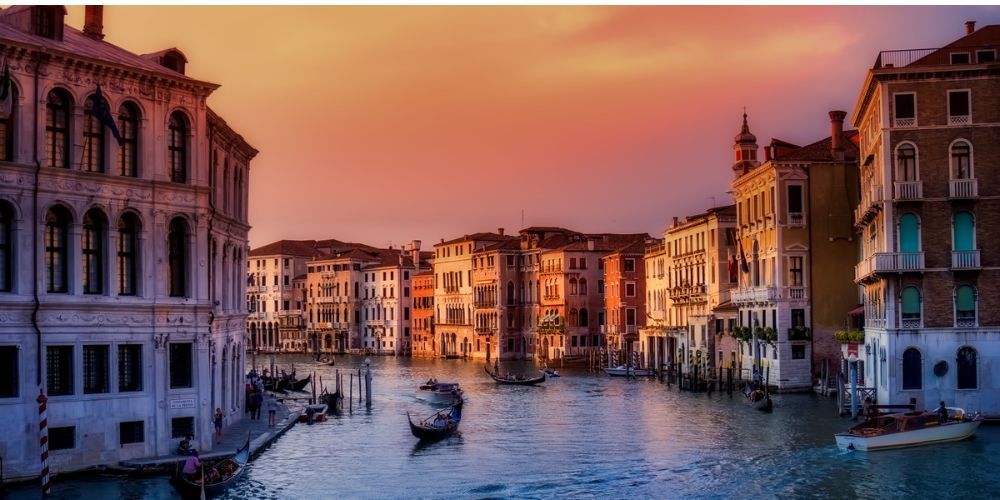
Digital nomadism and working holidays represent two ways of living and working that are gaining in popularity, especially among young professionals and those with an open mind to new opportunities. Digital nomadism refers to the opportunity to work remotely in Italy and elsewhere, taking advantage of digital technologies, and being able to freely choose one's location. Digital nomads are people who do not have a fixed office and can work from anywhere in the world, as long as they have an Internet connection.
Working holidays, on the other hand, are programmes that allow you to work and travel at the same time, usually for a limited period. These programmes offer the opportunity to immerse oneself in a new culture, learn a foreign language and acquire new professional skills. Both of these ways of life offer great flexibility and the possibility of reconciling work and free time, but they also require a good deal of organisation and adaptability.
Digital nomadism and working holidays are becoming increasingly popular. The desire to work remotely in Italy is growing thanks to the country’s stunning landscapes, rich cultural heritage, and initiatives such as the digital nomad visa. We suggest several ways to turn theory into practice and realise your next dream!
P.S. Do you need a visa to visit Italy? Find out here!
Listen to the podcast version of the article with Monna Lisa and Leonardo's voices
Itineraries for digital nomads that work remotely in Italy
🥇 Visit Italy’s brand partnership

Italy, with its extraordinary variety of landscapes, offers endless opportunities to combine work and contact with nature. Would you like to work with a view of the Dolomites? Here you could enjoy numerous outdoor activities such as trekking, mountain biking and skiing. Many refuges and hotels offer internet connection and coworking spaces, allowing you to work in a unique environment. If you dream of taking part in a call in the vineyards of Tuscany, you should immerse yourself in the relaxing and stimulating atmosphere of this region, which is rich in history, art and farmhouses and cottages that are ideal for working remotely.
If, on the other hand, you want to work inspired by unspoilt landscapes and crystal clear sea, you will find your refuge in Sardinia. It is a paradise that appeals to digital nomads and welcomes them all year round. It allows you to reconnect with nature and integrate with the local culture, choosing whether to stay in one place permanently or set out to discover the best places, with an itinerary designed to meet all needs. It offers stimulating activities not only in summer, but in all seasons, as suggested in the Salude & Trigu programme.
One of the most popular events is certainly the Festival of Itinerant Tourism (Festival del Turismo Itinerante), an event that will bring you a truly authentic touch with the Sardinian environment and culture.
Check out Salude & Trigu, the program of events in North Sardinia
Hand the floor over to: Rosario Musumeci, Festival del Turismo Itinerante and President APS Camperisti Torres
Festival of Itinerant Tourism: authentic contact with local communities in Sardina
Visit Italy: "Digital nomads represent a new category of travellers: professionals who, thanks to remote working, explore new spaces in search of a more authentic contact with the environment and a lifestyle that better balances work and well-being. Do you think Sardinia, with its unspoilt nature and unique pace of life, could be an ideal destination for them? And how can events so rooted in the discovery of the territory, such as Festival del Turismo Itinerante (Festival of Itinerant Tourism), help those who choose to work by travelling to discover this side of the island?"
R. Musumeci: "In Sardinia, every season offers something to see, do, taste and discover. Moreover, the mild climate, the proverbial welcome and hospitality of its people and a lifestyle dictated, even today, particularly in the more inland areas and small centres, by a traditional economy based on the rhythm of nature, make it unique and desirable.
It is an ideal destination for those who are in a position and wish to experience a more balanced and fulfilling lifestyle and work.
Festival del Turismo Itinerante and open-air recreational and sporting activities, which is part of the Salude & Trigu network, now in its sixth edition, is an extraordinary event for those who wish to experience a chance to appreciate, through a variety of experiences, the history, culture, natural landscape, food and wine, and dominated economies that characterise a territorial area (different every year) of the Island. All this on the first weekend in October.
It often happens that the Festival represents a first opportunity to familiarise oneself with a specific territory of the Island, discovering, sometimes rediscovering, its most intimate truths, its specific vocation for hospitality and its concrete possibilities.
At the same time, for Sardinia and its local communities, the phenomenon of digital nomadism and the increasingly widespread workation (allowing people to perform certain tasks outside the office, combining work and free time), undoubtedly represents an important opportunity for growth and social and economic development, in several respects.
In addition to the Festival of Itinerant Tourism and open-air recreational and sporting activities, our Association also organises the Itinerari nei Borghi Festival. These are five events, generally one per month, in spring and autumn, which make it possible to visit, in a format very similar to that of the festival, small and very small centres, generally in the most inland areas of the island.
We are in the presence of valuable experiences for those who, thanks to remote working, are interested in exploring new spaces in search of a more authentic contact with the environment and a lifestyle that better balances work and well-being.
4. Discover Italy by boat: work remotely in Italy amid waves and seaside villages
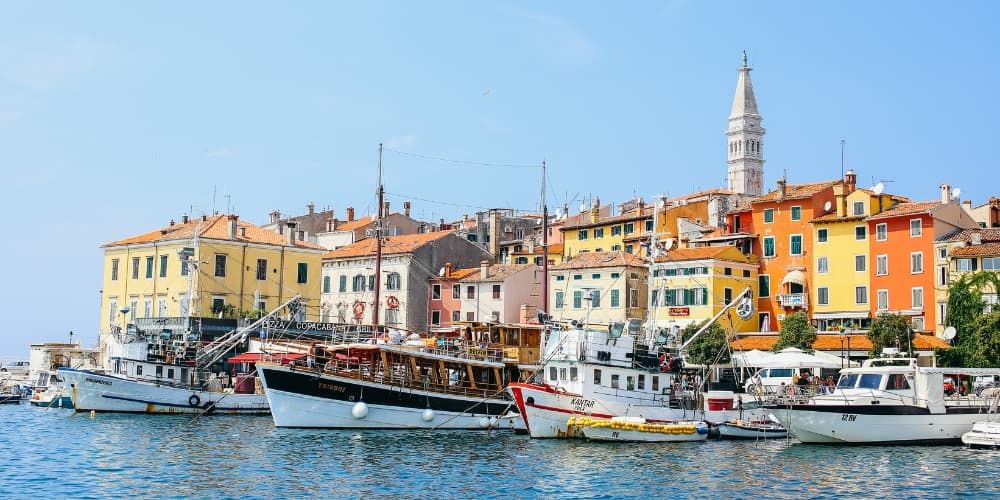
Imagine waking up every morning to the gentle sound of the waves, working overlooking hidden coves and exploring seaside villages rich in history and tradition. Digital nomadism by boat offers a unique experience, allowing you to combine work and adventure in a dream setting. Italy, with its 8,000 km of coastline, is the ideal place to live this experience. You can choose the route that takes you to your favourite destination: from the Amalfi Coast to the Cinque Terre, from the Aeolian Islands to the most beautiful beaches of Sardinia, each coastal region offers breathtaking scenery and exciting remote work opportunities.
You can rent a sailboat or join a co-living and coworking experience on a boat, to share the adventure with other digital nomads. Life on a boat encourages socialising and sharing experiences and skills. Your job will be to organise your workspace on deck, enjoying the sea breeze and the panoramic view. Moreover, with shore excursions you will discover the local cuisine and immerse yourself in the maritime culture of coastal villages.
Check our guide to sailing adventures in Sardinia.
3. Getting around Italy on four wheels: freedom and flexibility for the digital nomad
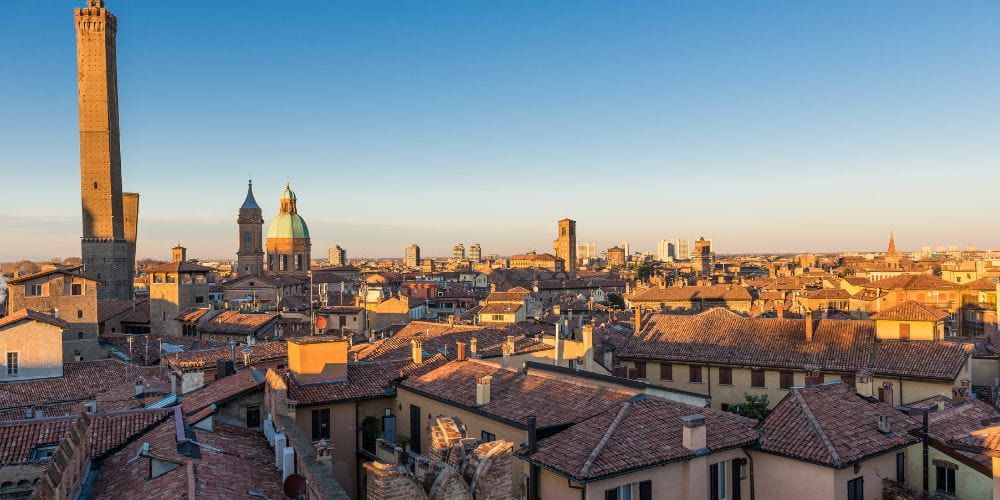
Italy, with its capillary road network spread throughout the peninsula, lends itself perfectly to an on-the-road adventure. Touring the country on four wheels offers maximum freedom and flexibility, allowing digital nomads to work and travel by choosing their own pace and planning stops in the most fascinating places. With a stable connection, you can go wherever you want, in search of enchanted villages or historical cities that will be your strategic stops.
Start a tour between sea and mountains, discovering the Ligurian hinterland, take a break in Florence and experience the city like a local, one in Bologna to breathe in its history and then continue south. You can build a tailor-made itinerary and visit the places you prefer. Sardinia, with its mild climate all year round, attracts many digital nomads who manage to adapt to the lifestyle of the locals and appreciate it. We suggest an alternative itinerary that will let you discover Sardinia through its wine. Have I piqued your curiosity?
2. Working holidays and village revival: an opportunity for digital nomads and local communities
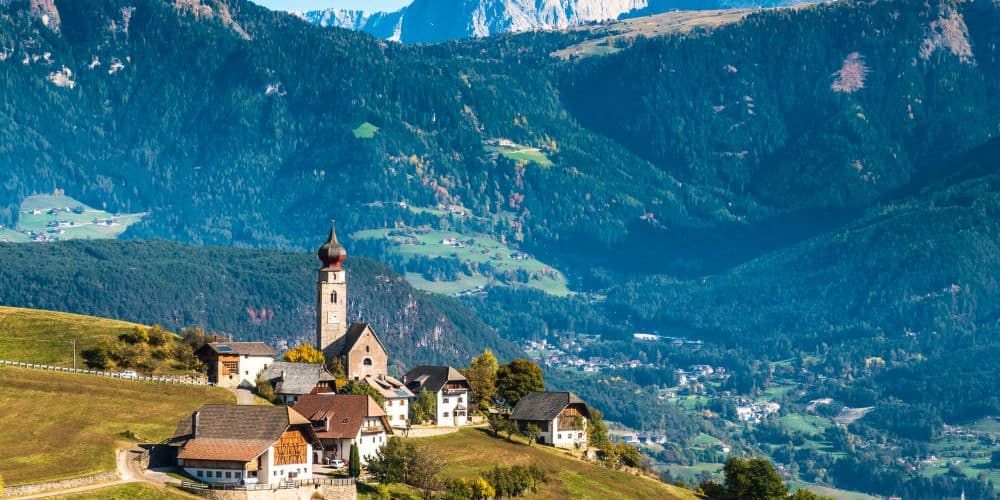
In the last few years, more and more Italian villages are opening their doors to digital nomads and working holiday makers, turning demographic decline into an opportunity for rebirth. Incentive programmes, rents at symbolic prices and the possibility of working in places steeped in history and nature are attracting professionals from all over the world.
The positive aspects are numerous and entice one to choose this type of location. The cost of living is low while the quality is higher than in large cities. The pace is slower, the environment is conducive to concentration and productivity, the village becomes almost a second home and it is easier to adopt local habits.
To stimulate the repopulation of abandoned villages, co-living and co-working spaces have been created that encourage smart working and socialisation. It is a true cultural immersion, to be experienced in an authentic way, discovering local traditions and events that are shared with the community.
1. Communities and events: networking and personal growth for digital nomads in italy
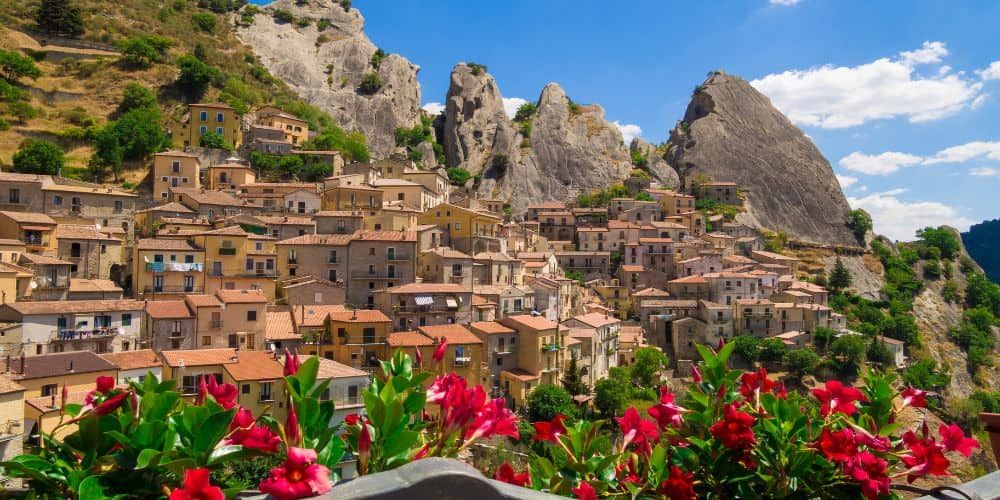
Italy is rapidly adapting to the needs of digital nomads and working holiday makers, offering unique settings, increasingly reliable connections and local initiatives designed for those who work remotely: these solutions combine the demands of work, a better quality of life and the desire for adventure that makes every experience more fascinating. The possibility of working in cities of art and discovering their history and beauty in one's free time balances the necessary productivity with personal well-being and satisfaction.
Italy is not only a travel destination, but also a place to network and share experiences with other digital nomads. Online and offline communities, as well as dedicated events, offer valuable opportunities for networking, personal and professional growth. Choosing an itinerary that balances nature and work means regenerating the mind, stimulating creativity and improving productivity.
If you dream of combining work and travel, Italy is waiting for you: grab your essentials, choose your itinerary and start your adventure!
Tips for digital nomads that work remotely in Italy
. You don’t (always) need a visa: Visitors from the US or other Schengen-exempt countries can stay up to 90 days without a visa. However, this does not permit remote work: to legally work remotely in Italy, non-EU citizens must apply for the Digital Nomad Visa. EU citizens do not need a visa.
. Choose the right base: The fintech company SumUp has highlighted Bolzano, Turin, Parma, Camogli, Castiglione d’Orcia, Orvieto, Bari, Castelnuovo Cilento, Catania, and Cagliari as ideal spots for digital nomads. That said, larger cities often offer more opportunities for networking. In 2025, Rome was even ranked among the world’s top workcation destinations by IWG’s Work From Anywhere.
. Think long-term rentals: Book through platforms like Coliving Compass for medium to long-term stays in agriturismi or co-living spaces. Also, check out the HQVillage platform, which brings together small Italian towns ready to welcome digital nomads.
. Coworking spaces in Italy: Use platforms like Coworker to find your workstation in Italy, filtering by location, price, and services.
. Manage time zones: Plan calls and meetings considering the difference. For example, Italy is +6h ET and +9h PT, so schedule US calls in late afternoon or evening.
. Local etiquette: Always order something if you plan to occupy a table, even if you don't intend to stay for a long time. Keep in mind that many Italian cafes are not equipped for remote work, and some may have "no laptop" policies.
How to work remotely in Italy - FAQ

Can I legally work while visiting Italy on a tourist/Schengen stay?
You can if you work remotely for a foreign employer and stay under 90 days. You can’t work for Italian companies without a proper visa or work permit. Check Italy’s digital nomad visa requirements.
Will I owe Italian taxes if I work remotely from Italy for 30 days?
If you stay under 183 days you are not considered a tax resident. However, US citizens must still report worldwide income to the IRS.
Health insurance & travel insurance: what coverage do I need?
While travel insurance is not mandatory, it’s strongly advised to have one in order to cover emergencies during your stay. As for health insurance, tourists from non-EU countries, such as US citizens, should obtain private plans, while EU citizens can use the EHIC.
What’s the fastest way to get reliable internet and a local SIM?
The quickest way is to buy a SIM card for tourists from major Italian providers like TIM, Vodafone, or Iliad, available at airports and official provider stores. Combine it with coworking spaces or long-term rentals that offer stable Wi-Fi.
About the author
Written on 20/03/2025

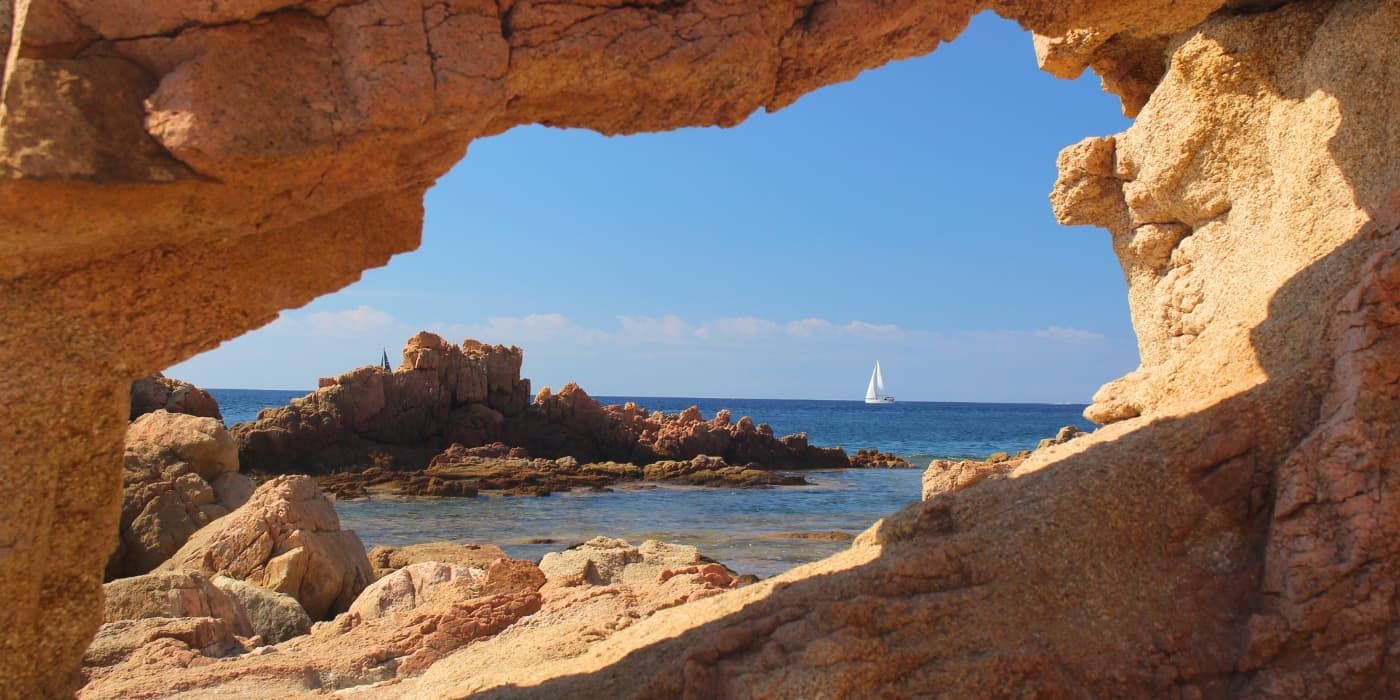

Barbara Giuliani
Discover how to live and work remotely in Italy: digital nomadism, working holidays, unique itineraries and incentives for remote workers.